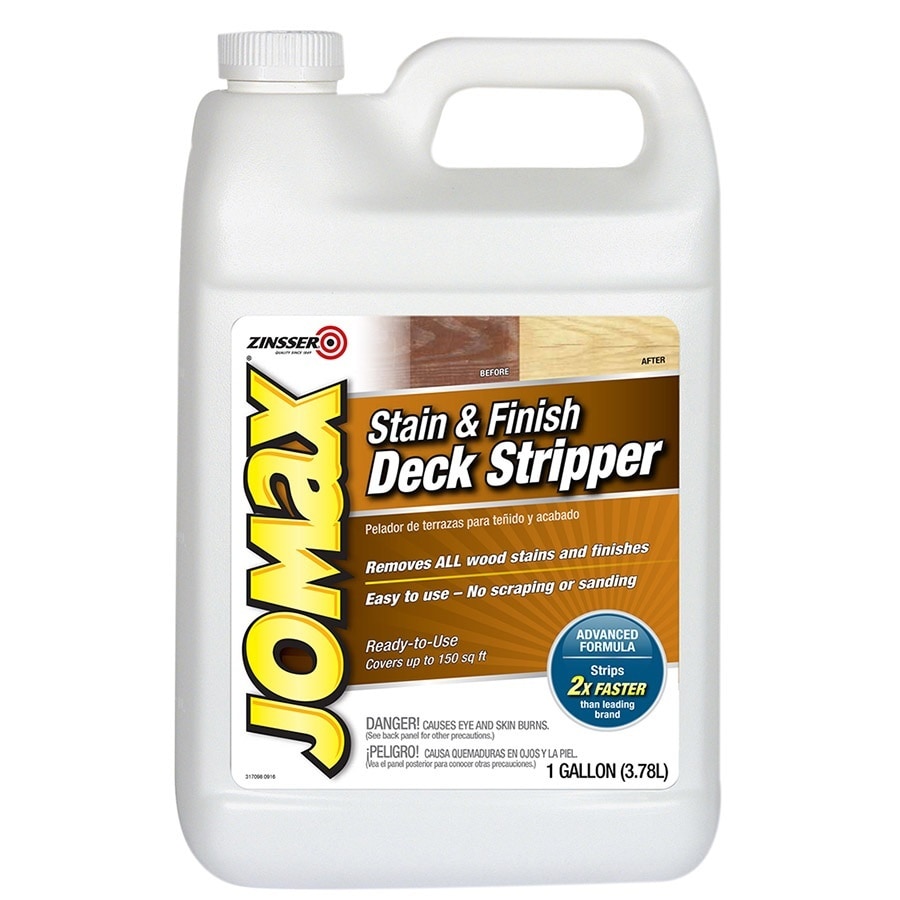Zip Strip Paint Remover Lowes

Crown 18-fl oz Spray Multi-Surface Paint Remover. Enter your location. For pricing and availability. CitriStrip 1-Quart Semi-Paste Concrete Paint Remover. Enter your location. For pricing and availability. Crown 128-fl oz Semi-Paste Multi-Surface Paint Remover. Shop jasco 1-quart semi-paste multi-surface paint remover in the paint strippers & removers section of Lowes.com.
OK, so I discovered that the trim in my house was painted by the people who owned the house about 50 yrs ago. Since it was originally NOT painted, you guessed it, I have decided to strip the trimwork, oil, shellac and maybe varnish it. I started on the basement doorway, and 8 hours later I still have green paint in the grain of the wood. Some questions. 1) I've heard people mention a very good heat stripper. Would someone please give me the name and approximate price range? 2) I've used a 'friendly' paint stripper, but it's not working well.
There's still paint in the wood. Should I use a 0 grade or courser steel wool to wash it after using the stripper? I'm using 0000 grade now and it's not really touching it. 3)I have heard one should avoid sanding the wood if at all possible, to retain the patina. Is this correct? I feel like I've just taken on a hurculean task.
There are 8 windows and 5 doorways in my downstairs, and the first door is only 1/4 done (with paint still stuck!). ANY info to help this job go easier and faster would be SOO much appreciated!!! I want very badly to bring back my home's intended beauty. She just looks blah with white painted trim. If the trim is an open grained wood such as oak - and that's what it sounds like - a heat gun or chemical stripper will not remove paint embedded in the grain. The only solution is lots and lots of sanding. Once that's done, the kind of finish you propose will not look as good as it would have if it had been applied to unpainted trim from the start - all the sanding will inevitably glaze the surface.
Only you can decide if it's worth the time, effor, mess and expense, but if it were me, I'd resign myself to painted trim. It's been my mission to remove about 8 layers of paint from all of our trim, and it can be done to varying degrees in different ways. Search this forum for discussions of paint stripping; there have been lots. To answer your several questions I'll just describe our process: Rough strip the thick layers: this can be done with a heat gun (inexpensive but may release lead fumes and can start fires), an infrared paint stripper (Silent Paint Remover, expensive but probably safer at least with respect to lead, but can also burn wood), or with various chemical methods. We've just gotten the IR stripper, but have previously used both the heat gun and chemicals. We're very pleased with the IR unit.
Of note here is whether you can work outdoors - that is to say, whether you have removed the trim to work on it or not. We removed almost all our trim and have done almost all that (outdoors), but finding the time/opportunity to work on the stuff we left up is. Eh, not happening.
On the other hand, if you work outdoors it is seasonal work - fall and spring. Too cold in winter, too hot in summer. Another downside is that trim can be damaged by removal. But working flat rather than upright and trying to protect floors: for me, priceless. Our chemical paint stripper of choice is EZ Way, something we found at a trade show years ago and that you have to mail order from Washington State. We like the liquid; the semipaste is awkward, I find.
But other off-the shelf strippers do work for this stage, including those with methylene chloride, which is one ingredient I've avoided from the outset. I've also tried several of the friendly stippers, and they work too - eventually.
You have to find one that will stick to vertical surfaces if you are working in place. With the EZ way, I dip shop cloths in it, wrap it over the wood, cover it in plastic, and wait an hour or so. Other chem strippers too will benefit from being covered with plastic - but not all. There is usually an interim stage of getting the bulk of the colour off, and then there is the final stage of getting it out of the pores.
This is usually - apply stripper, wait, use 3m scrub pads and later cloths, and just keep going until it's all out. You need a LOT of pads and cloths - the aforementioned blue shop towels are good, and later just plain paper towels too, but strong ones. A toothbrush is also a very useful tool at this stage, rather than your steel wool. The reason we like the EZ Way is most evident at the end, which is where most strippers need a clean-up with a different rinse - water or I think paint thinner. EZ way needs no separate clean-up because it evaporates, and you can keep going with it until your pores are as clean as you like. Before we discovered EZ Way we adapted to still seeing traces of the paint! That's an acquired taste, and I'm here to say, you can live with it and it is still better than trim covered with the old paint. Montgomery Ward Boat Serial Number.